Overwhelmed? Help for Home Education
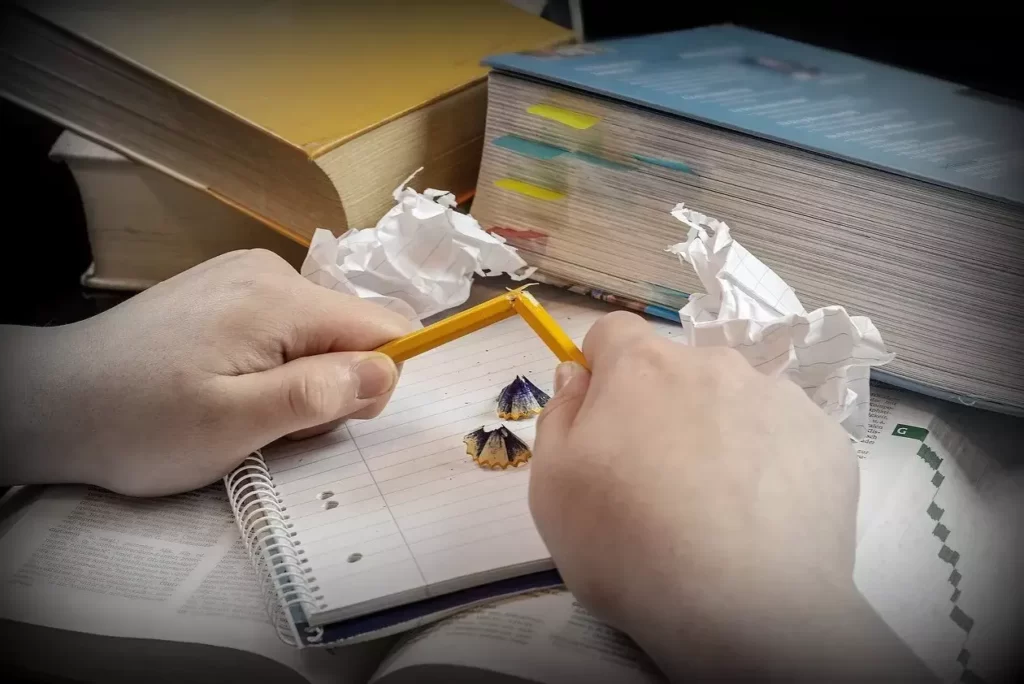
Recently, in my blog post, Understanding Homeschooling: What It Is and What It Isn’t, I pointed out that there is a difference between homeschooling and doing school at home. So if you’re are considering homeschooling, new to homeschooling, or just burnt out, this post may be a help to you.
1. Consider “deschooling.”
If your child was previously in public or private school, it may be a good idea to do some deschooling first. The longer your child was in a school setting, the more this might be needed. The general thought is to have one month of deschooling for every year your child was in school. In some cases that may necessitate “deschooling” for the entire first year of homeschooling.
What in the world is deschooling? Deschooling is basically allowing your child (and you) to take a break away from formal education. This is especially important if your child has come to think of learning as a negative thing. Learning should be fun, and if it isn’t then that’s a sign that something needs to change. This is true for homeschoolers as well. Sometimes homeschoolers might need a little “deschooling” too. It’s not that education shouldn’t be challenging, but it should be enjoyable. It shouldn’t be all about schedules, checklists, worksheets, tests, and grades. It’s not that all these things are necessarily “bad,” but we need to review the purpose of education. Is education about passing tests and competing with other students? Or is education about equipping a child with the life skills they will need in order to pursue their goals as an adult?
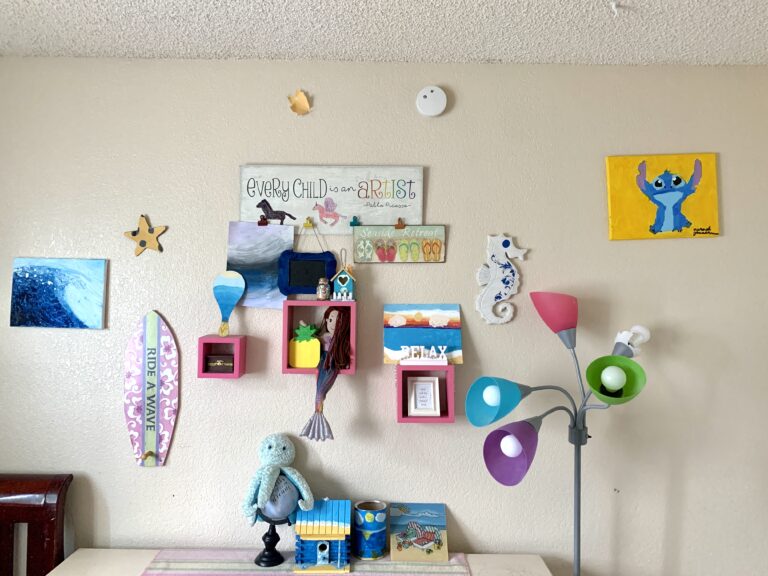
Deschooling doesn’t mean your child isn’t learning; it simply is stepping away from formal learning. It means reprograming your child and yourself to think about education differently than the way we’ve been taught it’s supposed to look. During deschooling a child is encouraged to seek out and pursue their interests. They may learn a new skill like baking or sewing. You might work with your child in the garden or a home improvement project. Maybe your child will discover a new hobby like building models or scrapbooking. Just ensure you give your child time to explore and don’t turn these into assignments.
Tips for deschooling:
- Build a relationship with your child. If your child was in public school for years, they aren’t used to being around you every day for long periods of time. Communicate with your child. Listen to them. Show an interest in their passions.
- Find a common hobby you can enjoy doing together. If your interests are too diverse, then find something you both enjoy that you can do separately but in the same room.
- Keep plenty of books, both fiction and non-fiction available. Model reading in front of your child. One of the most important things you can do is read to your child. Even my teenager enjoys being read to.
- Let the child see you learning new things. Perhaps watch a documentary together on a topic that interests your child.
- Work with your child in the yard or around the house. The child should still have chores, and they should see you working as well.
- Take them grocery shopping and on errands. If possible, take them to your job for a day.
- Visit museums, observatories, zoos, or go on a nature hike.
- Limit screen time but don’t necessarily eliminate it. If the child just wants to “zone out” all day, screen limits are important. But if you remove it completely, that may just cause anger (especially if they see you on your phone). Don’t lecture them about their video game. Rather give them a reasonable daily time limit, and maybe even play a game with them.
Don’t worry about what your child is not learning during this time. I think at the end of this process you will be surprised how much they have learned. Not all learning is done at a desk or with worksheets. I would argue that most learning is not done that way. Deschooling is changing the focus from school to living. After all, education is about preparing for life. When you start officially homeschooling, continue these practices. Though you may be adding some formal lessons, tie it into real life instead of making it about grades and tests. Some children, especially young children, may do better continuing under informal education. This method of homeschooling is referred to as “unschooling.”
2. Don’t mass buy curriculum.
The pros of a complete curriculum set is that it’s simple for the parent. The cons is that it feels like “doing school at home” (not to mention expensive). Now this might work well for a few kids that are completionists and schedule oriented, but for many children it’s overwhelming, boring, or simply leaves no room for creativity. There are a whole lot of curriculums and a whole lot of educational philosophies and a whole lot more homeschooling styles. In reality you can’t group them because every homeschooling family is different.
Before you spend exorbitant amounts of money on homeschooling materials, get to know the learning styles of your children. Resources that works well for one homeschooling family, may not be the perfect fit for you. If you are just coming off of deschooling, maybe add one or two subjects at a time. Consider having your older children help you pick out the materials. In school they were used to being told what to do. Help them step up and take responsibility for their own education.

I’m going to make suggestions, but keep in mind that my family is not the same as yours. These are materials that I find helpful, but in the end only you can discover what works best for your kids. Keep in mind that most (but not all) of my resources will be Christian based.
History
- The Story of the World—I love this history curriculum for elementary age children because it tells history as a story. I read aloud the books to my children and add short supplementary videos or crafts. It comes with an audio version and student pages. It’s great if you have several elementary age children because you can do it together. There’s no reason to have a different history book for every grade. Add some supplementary reading and materials, it can be used as a base for older students as well.
- America’s Story by Angela O’Dell—I love this for the same reason as the above set. Instead of tests we do map work and short writing (or oral) assignments. I want my kids to think about why things happened in history. What were the philosophies of the time and how can we learn from them. I’m not concerned with memorization. Of course there are a few things kids are expected to know because it’s part of common knowledge. I use trivia games in place of tests.
- The Mystery of History—I just discovered this world history curriculum and will review the first volume soon! Similar to The Story of the World, it can be used for multiple ages from elementary-high school. It follows history from a distinctly Christian worldview.
- History Pockets—these fun packets have everything you need. Perfect for elementary ages.
- Bede’s History of ME—This is a fun resource for introducing history to a young child.
- Any of the Fun-schooling history or social studies books. They don’t come with right or wrong answers. Instead, Fun-schooling books are designed to help children learn to research independently. This is an important skill.
- For high school students I encourage independent study. I recommend a journal for notetaking, like one of the Fun-schooling ones, and lots of real books. Nikki Truesdell has some great history resources. Also, Tara Ross has some great resources for both children and adults (if it’s for adults, it’s appropriate for high schoolers).
Geography
- For U.S. geography I created journaling pages for my children. In addition we incorporate books from the library, watch a tourism video for that state (online), and maybe make a popular recipe from that state.
- For world geography my children enjoy playing this online game. I’ve also purchased Seven Amazing Continents. It’s available as pdf. or paperback. I chose pdf. since I have four children.
Bible—I change up materials nearly every year, but favorites include:
- Veritas press Bible pages (I don’t buy the other materials. We just use the Bible.)
- Old Testament Kings (free resource)
- Psalms and Proverbs Fun-schooling Journal
Science
- Considering God’s Creation—This is another resource that can be used to teach all elementary age children together. It comes with worksheets, but I also sub with short online documentaries and projects. With a simple online search, you can easily find experiments and science projects to do with your kids at home.
- Any of the Fun-schooling Science books. I created a documentary playlist on my YouTube channel for the All About Space book. The great thing about the Fun-schooling books is that it can be used for elementary or high school. It’s all about what books and videos you add to them.
- For my high schooler, I let him pick which area of science he wants to do for that year and get him a high school appropriate book. Again, he is expected to work independently as much as possible. But he also joined in on the All About Space book, which we did as a family.
Language Arts
- Grammar for a Well-Trained Mind for middle school to high school.
- Writing with Skill series for middle school to high school.
- The Top 30 Grammar Mistakes Fun-schooling book for upper elementary to middle school.
- Spell to Write and Read (This is an excellent phonics foundation to give to your child, although I’m way more laid back than the suggested schedule.) I did a video on it and another lesson example.
- Pictures in Cursive
- Kindergarten favorites and First Favorites Vol 1 and Vol 2—These are fun comprehension worksheets and activities for favorite childhood books. Feel free to pick and choose activities. I never do all of them. I bought the books separately, either used or at a discount when I could. I recommend reading the books to the child if they are a struggling reader. (Not all children learn to read at the same age or advance at the same pace. Few children read prior to age 6.)
Teaching Reading
- If you’re teaching a child to read, you can watch me bumble through the three Teaching Reading videos I made. I don’t really like being in front of a camera.
- If you suspect your child has dyslexia, read Homeschooling the Dyslexic Child written by another experienced homeschooler.
Math
- Rod and Staff for first-third grades. I like its simple, non-busy format.
- Life of Fred—a good choice for math averse children
- Saxon Math for 4th Grade through high school. It’s a great choice for children who pick up math concepts easily and are capable of teaching themselves
- Fun-schooling math supplements—my youngest son especially likes Math for Minecrafters
- Times Tales—for children struggling with memorizing multiplication
- Mysteries Multiplied—I created this for upper elementary children (specifically one of my children) who struggle with multiplication, division, and other concepts taught in 4th-6th grades.
3. Remember every child is different.
Your child is not the same as someone else’s child. If you have more than one child, you know how unique they each are. Homeschooling allows us to individualize the education of each child to their learning styles and abilities. We can adapt to their interests, and they can learn at their own pace. As long as they are progressing, don’t worry about what they are not yet able to do. Don’t be concerned with “grade level.” That system was developed for general education geared at the masses. A homeschooled child can move quickly through one subject and slow down on another that needs more practice. Don’t fret over grades either. We’re not in a competition. Instead, strive for mastery.

I recommend reading Discover Your Child’s Learning Style by Mariaemma Willis and Victoria Kindle Hodson. It really helped me not to compare the progress of my children to each other and to better appreciate their differences. I have one child that easily grasps difficult math and science concepts, and likes to have a schedule he can follow. I have another child that has taught herself how to paint and enjoys writing, baking, and crafting. She prefers to have a flexible schedule, so she has freedom to be creative when the mood hits her. Each of them learns in the way that is “right” for them.
4. Give yourself and your child some leniency.
It takes time for your child to adjust to homeschooling. And it takes time for you to learn what works for your family. I’m still adjusting things from year-to-year. You might see some awesome resources other homeschoolers are using, but you find it’s just not the right fit for you. Don’t fall into the trap of feeling like you have to complete everything. If something doesn’t get done one year, save it for the next. If a curriculum is boring, toss it. Learning happens when a child is engaged. Otherwise they will just memory dump it. Your child’s education is not the place to teach trudging through something with determination. I want my children to associate learning with joy. Sometimes with certain subjects that means getting creative.
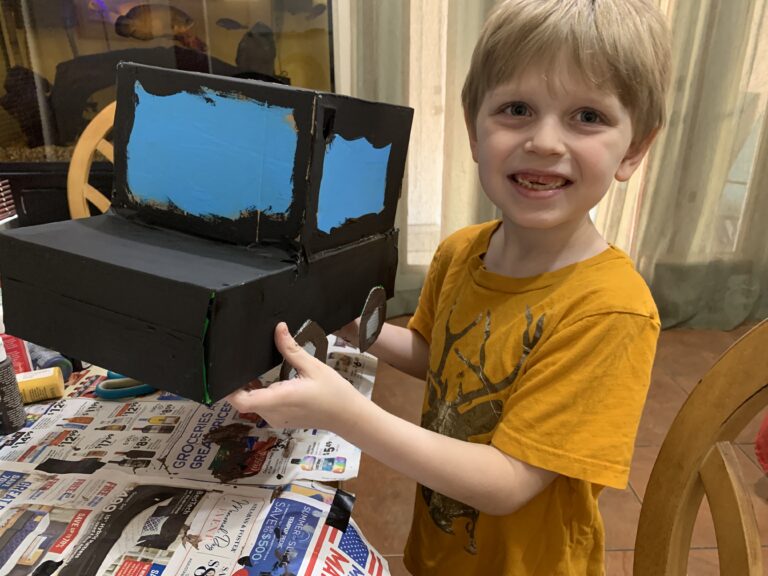
Usually once or twice a year we take a break from formal education. We “unschool” for a month, maybe longer. This is an excellent opportunity for a child to discover their own interests. Do they like historic battles? My eldest son recreates them on TABS (Totally Accurate Battle Simulator). He will spend hours looking up historical battles and facts. Do they like to draw and paint? Encourage that. If they like reading, let them choose a novel. Perhaps they will become an author. Are they interested in nature? Help them put together a nature scrap book. Take walks and let them collect leaves, bugs, flowers, etc. for study. Are they interested in architecture? Let them recreate it in Minecraft. You will be surprised at the information a child will learn when they are self-directed. A child retains so much more when they want to know something. A period of unschooling is a great way revive an interest in learning if you’re feeling burnt out.
5. Make sure your child gets a good breakfast and plenty of physical activity.
If possible, I recommend outdoor activities before any formal education. Physical exercise greatly improves concentration as well as boosts the immune system. We don’t start homeschool until 10 a.m. This allows time for me to fix breakfast, the kids to do chores, and some outdoor play. Let them play in the dirt outback or take a morning walk. The sunshine and fresh air will do wonders for their health and their mental facilities. Restless children will struggle to concentrate and you will be fighting an uphill battle. So give plenty of breaks between subjects and allow them to move around or get a healthy snack. Some children concentrate better standing at a table or counter over sitting. Some children will feel less stressed if they can work sitting on the couch or the floor. This isn’t charm school. Don’t worry about body posture.
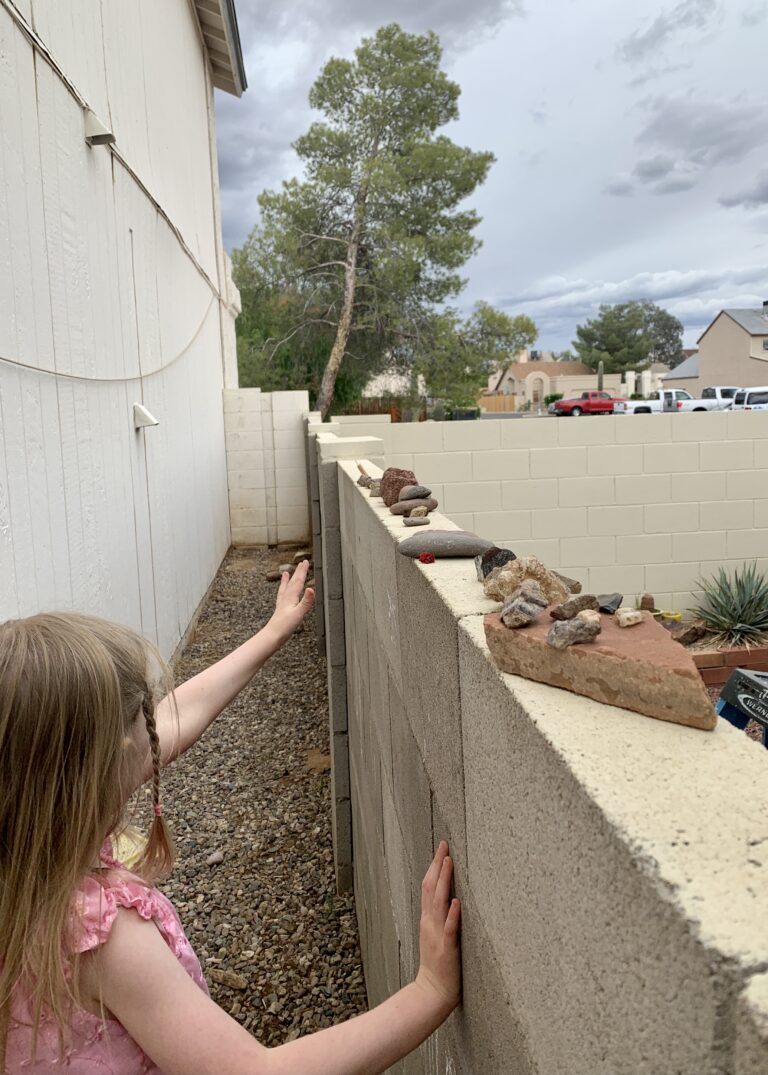
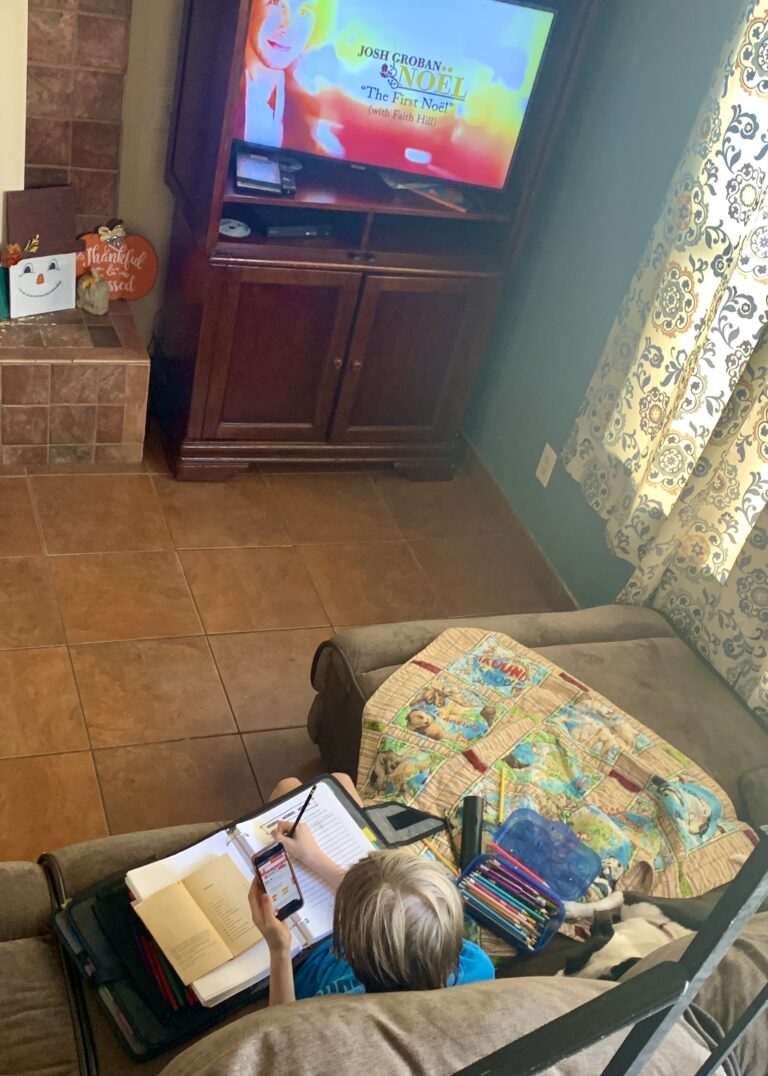
6. Do difficult subjects on different days and make them fun.
Do subjects that are difficult for the child on different days. For example, if your child struggles with math and science, alternate math and science on different days of the week. This will help both you and your child to feel less frustrated. Take steps to make the dreaded subject fun. Make hot chocolate or a favorite snack to eat with it. Find a game that strengthens concepts they are struggling to learn. Apples to Apples will help with vocabulary. Play Scrabble for spelling and reading. Yahtzee for addition. A deck of playing cards or dice can be used for addition and multiplication. Or have an “unschooling” day once a week. Wednesdays are “Passion Day.” My children can do whatever they want as long as it is semi-educational. Someone may ask, “With so many breaks, don’t you worry about getting behind?” My answer, “Behind whom?”
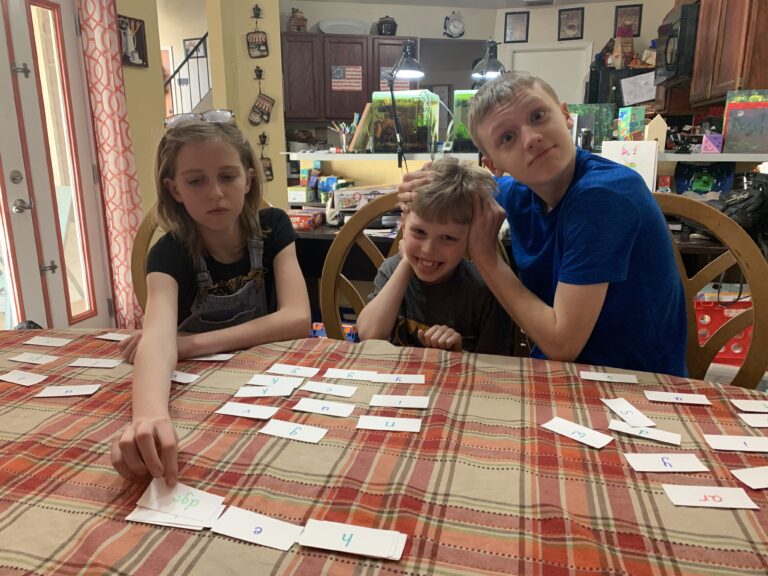
7. Incorporate some fun videos
If you find your child wanting to sit around and watch YouTube all day, encourage some fun learning videos in its place. I’ve found that with elementary age children, the shorter the better. A long documentary usually won’t keep their attention, but a short clip 2-5 minutes will. My children’s favorite channels are:
- Mystery science: This is a great elementary resource. You can sign up for emails to get notifications when a new video comes out. You can pay for access to more videos, but I just use the free ones. They also often include hands-on activities.
- SciShow Kids: These short videos are a favorite for my children ages 5-10.
- CrashCourse: My teenager likes these videos. Especially the science ones. I recommend for ages 12+. Consider watching them with your child, so you can discuss them afterward.
- Khan Academy: This is another free resource. I usually use it for math or history.
- Brave Wildreness: All my kids love Brave Wilderness. Coyote Peterson explores nature and does crazy things like allow bugs to bite him. You may want to preview these videos if your kids are squeamish, but most are appropriate for elementary ages.
- Answers TV: I highly recommend this channel for Christian families. Since most online videos are coming from a secular world view, even accurate information is being filter through that lens. Answers TV addresses the conflicts science seems to have with the Bible. It is a subscription service for about $40.00 a year, but its well worth it. If you can’t afford that, many of their videos can be found free on YouTube.
So tell me about yourself? I’d love to hear from you. If you’re new to homeschooling or contemplating homeschooling, feel free to ask questions.
If you’re a veteran homeschooler, be an encouragement to others. What is your favorite thing about homeschooling? What are your favorite resources?
Check out Educating the Heart, Soul, and Mind.
Thank you for reading. Keeping a blog going, though fun, is a lot of work. If you found this post helpful, consider buying me a cup of coffee. If you haven’t already, you can subscribe for more posts like this one below.
Happy Homeschooling!

Pingback: Understanding Homeschooling: What It Is and What It Isn’t - Leanna Rapier